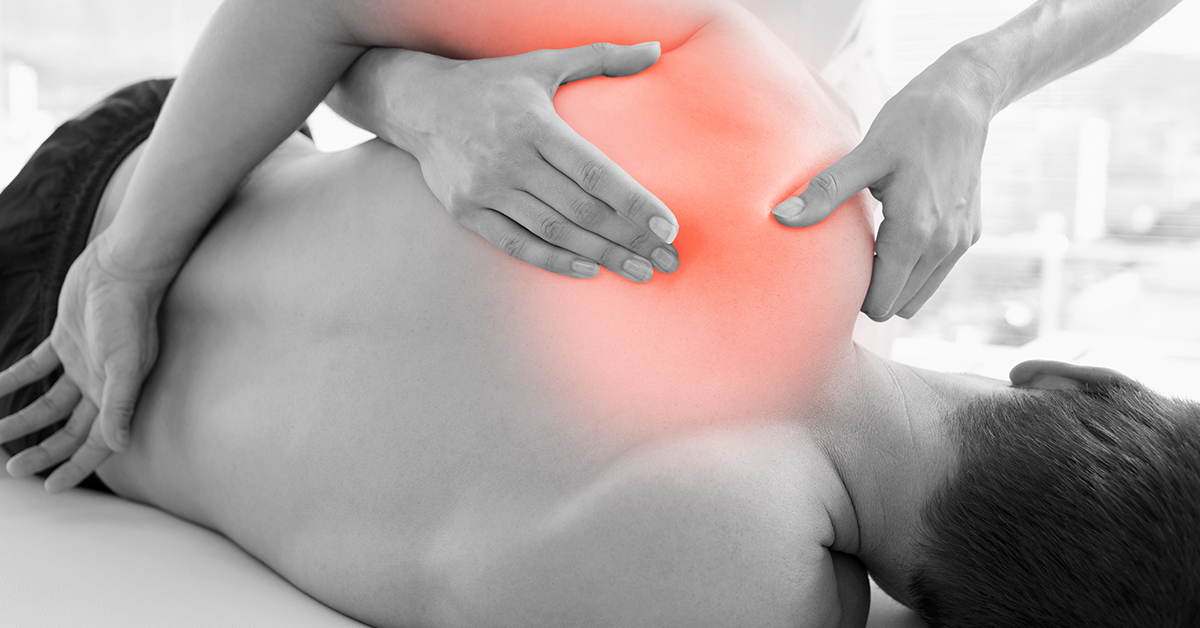Call it a pull or a strain, if you don’t warm up you might get it:

What are Muscle Tears?
The body is a complex system of muscles, bones, ligaments, and tendons. These elements all work together to create pain-free movement. If one of these gets injured, it can be painful. Muscle strain is what occurs when a muscle is pushed past its limit. Severe muscle strain can cause the muscle to pull, or worst case, can cause a muscle tear. Muscle strains are graded according to severity, from a mild and relatively quick healing grade 1 strain to a grade 3 strain, which is a complete muscle tear.
What causes it?
Muscle strain can occur at any age or physical condition. Strain can occur if the muscle is suddenly presented with a heavy load or is stretched beyond its normal ability. If muscles are tight but not warmed up or are not conditioned well, strain or tearing is a risk.
Symptoms and Diagnosis
Symptoms of a muscle tear include pain at rest or when the muscle is used, weakness or inability to use the muscle. Your doctor will give you a physical examination to determine the extent of the tear. A complete tear may require surgery and a long recovery process. If a popping sound occurs with the injury or if mobility is suddenly and severely impaired, an emergency room visit may be necessary.
How is it treated?
Treatment depends on the severity of the injury. If conservative treatment like rest, ice, compression, and elevation (RICE) or physical therapy do not treat the problem, your doctor may consider surgery if the injury is severe. The procedure performed depends on the location and severity of the tear. Regardless of what procedure is performed, rehabilitation will require physical therapy and dedication to stretching and strengthening exercises. Recovery time will vary depending on the injury's severity, but also the patient's adherence to prescribed physical therapy exercises.
